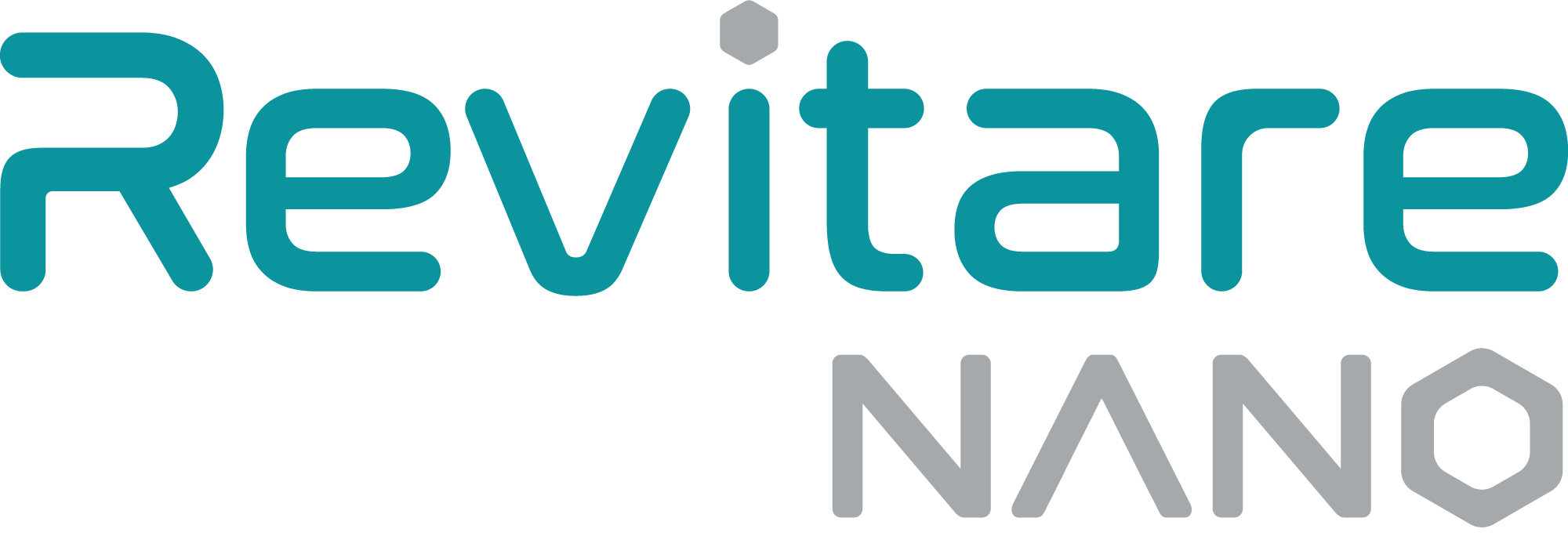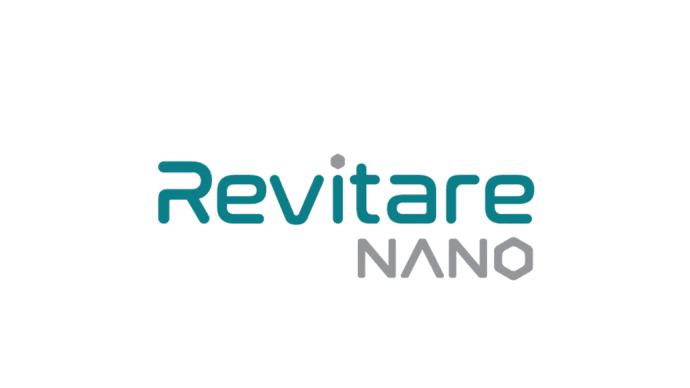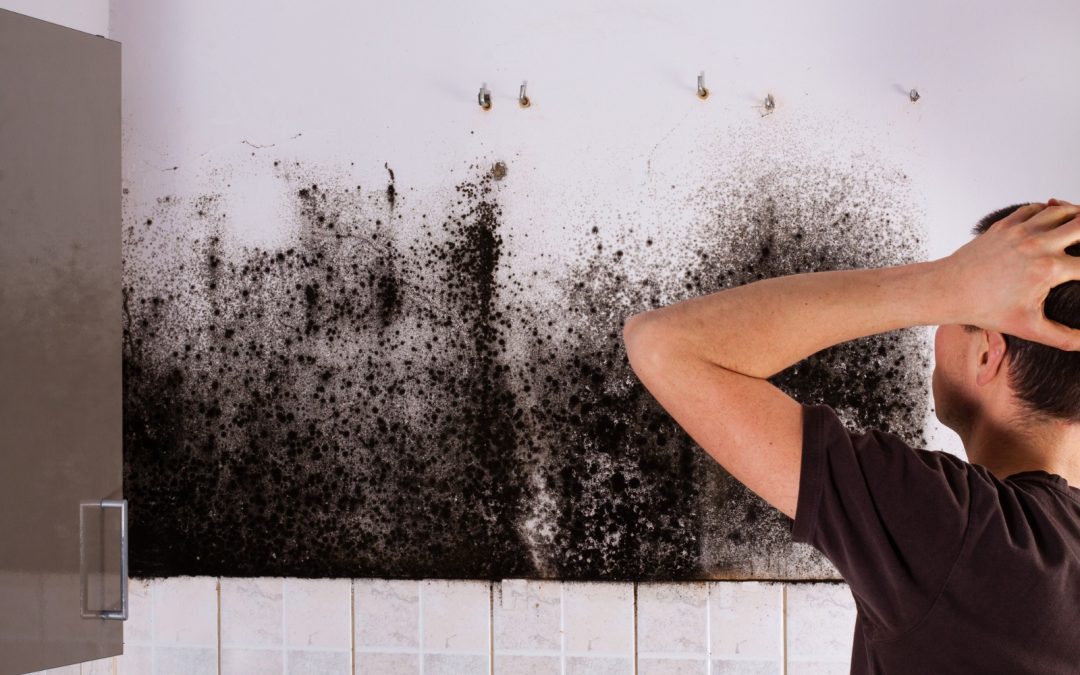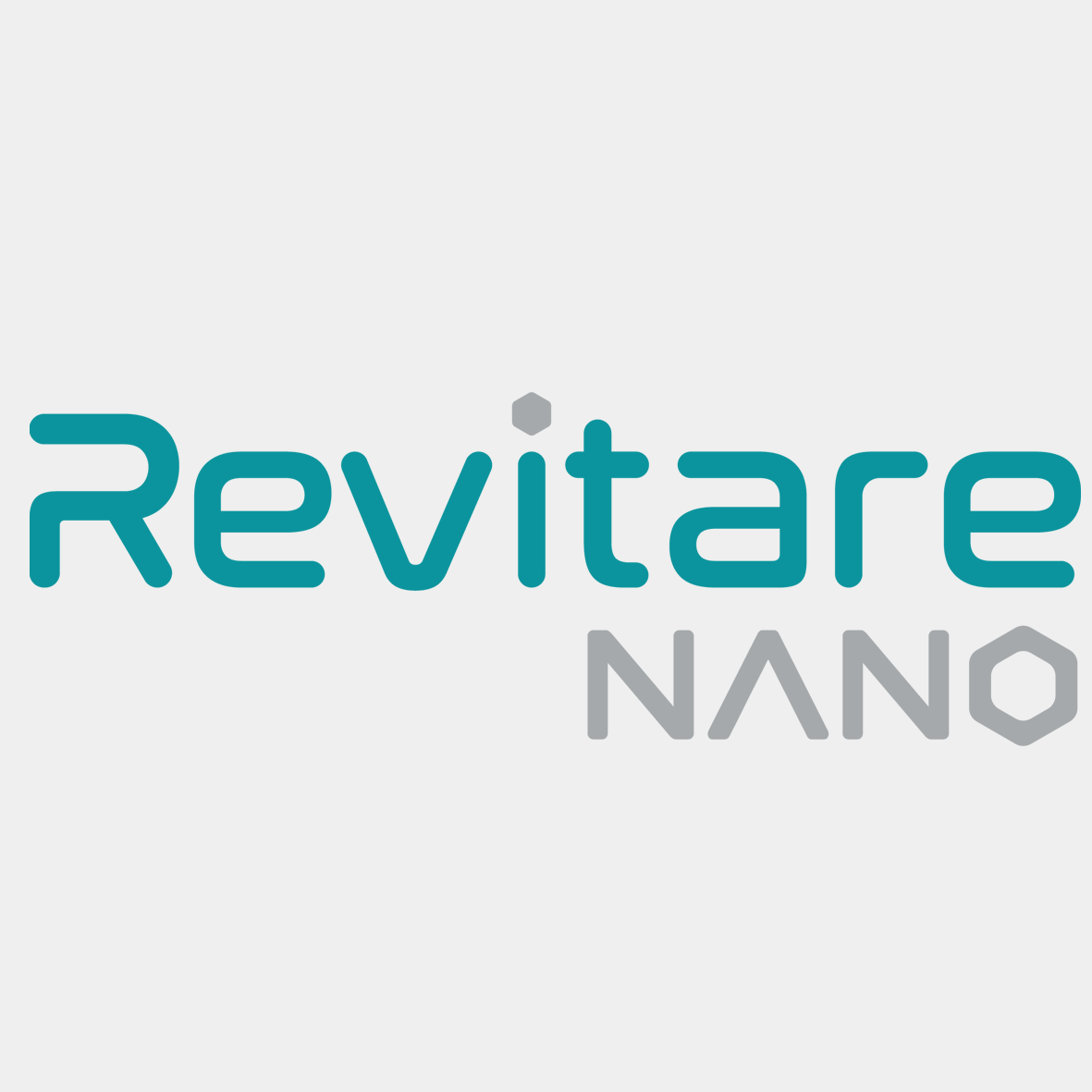In a dark corner often overlooked, invisible and unwanted organisms sometimes thrive in neglected places, turning the area into a breeding ground for bacteria that cause mold. Mold poses a serious threat that should not be underestimated, and understanding the extent of its negative impact on our daily lives necessitates taking strict preventive measures. Recognizing the hidden menace that affects the quality of our daily lives, it becomes imperative to implement necessary preventive steps to avoid this unseen adversary, which can lead to various health and lifestyle problems.
Causes of Mold Formation in Different Places
The primary cause of mold formation is bacteria. Mold, a type of fungus, thrives in damp environments, emitting an unpleasant and undesirable odor. It can appear in various colors such as green, white, black, or gray, depending on the type of fungi and the surrounding conditions. In 2004, the Institute of Medicine found sufficient evidence linking exposure to indoor mold with upper respiratory symptoms, coughing, and wheezing in healthy individuals. Additionally, there is a potential connection between early exposure to mold and the onset of asthma symptoms in some children, according to recent studies.
Mold can manifest in bathrooms, kitchens, carpets, furnishings, areas with water leaks, and damp spaces. The most significant causes of its formation include:
- Poor Ventilation: Inadequate exposure to ventilation in enclosed spaces promotes increased mold growth.
- High Temperatures: Prolonged high temperatures in different places contribute to elevated humidity, fostering mold formation.
- Poorly Lit, Dark Spaces: Areas with insufficient lighting are more susceptible to mold growth, as mold thrives in dark environments.
- Neglecting Maintenance: Failure to address water leaks in walls, ceilings, and drainage issues contributes to mold formation.
The Impact of Mold on Our Lives
When mold infiltrates our lives, it hides a danger that surpasses the limits of visibility. The threat of mold is not limited to our health; its effects extend to other aspects of our lives, including economic, personal property, mental health, and the quality of the air we breathe. Among the significant damages it inflicts on us:
- Health Impact: Mold releases a chemical substance called mycotoxins that directly affects the respiratory system, causing allergies and skin problems such as skin irritation, rashes, red eyes, and fungal infections.
- Economic Effects: Long-term mold occurrence deteriorates the internal structures of buildings, resulting in significant costs for property owners. It can also lead to a depreciation of property values.
- Air Quality Impact: Mold negatively affects the air quality we breathe, leading to a deterioration in daily comfort and the occurrence of unpleasant, bothersome odors.
- Impact on Social and Psychological Relationships: Building owners experiencing visible signs of mold find it extremely embarrassing. It becomes challenging to welcome guests into an environment displaying mold symptoms, leading to social isolation.
When technology meets your desire to provide a healthy and safe environment, it has a magical impact on your mental and physical well-being. A microbial-free environment comes to us through silver ions, rescuing us from the danger of mold formation. Silver ions effectively eliminate mold-causing bacteria in less than two minutes, leaving no harmful agents or side effects on health. Rivitare Nano technology, relying on silver ions, continues to successfully combat mold-causing bacteria in various places for a full year, leaving the space clean and healthy, achieving the health balance you dream of.
References:



